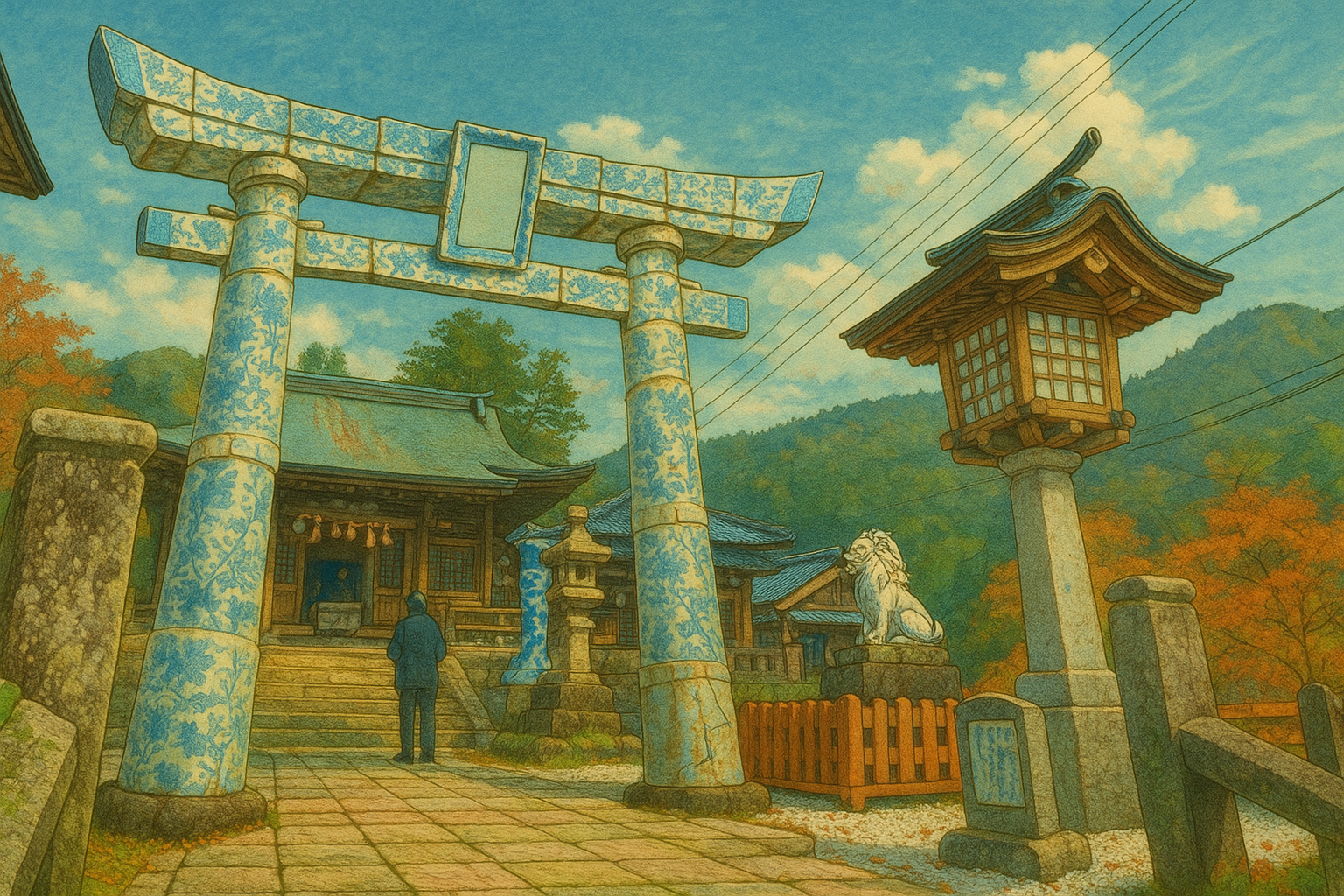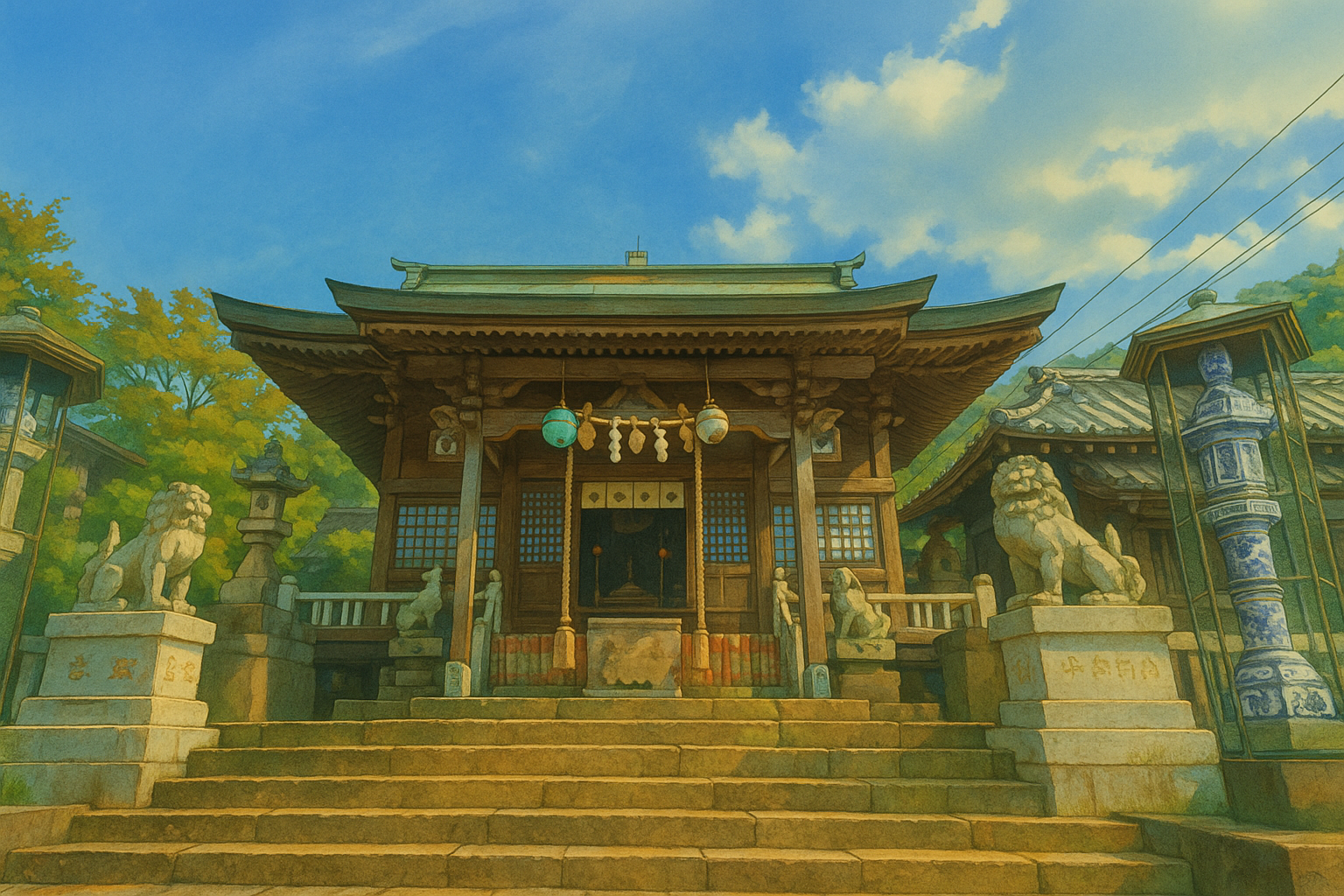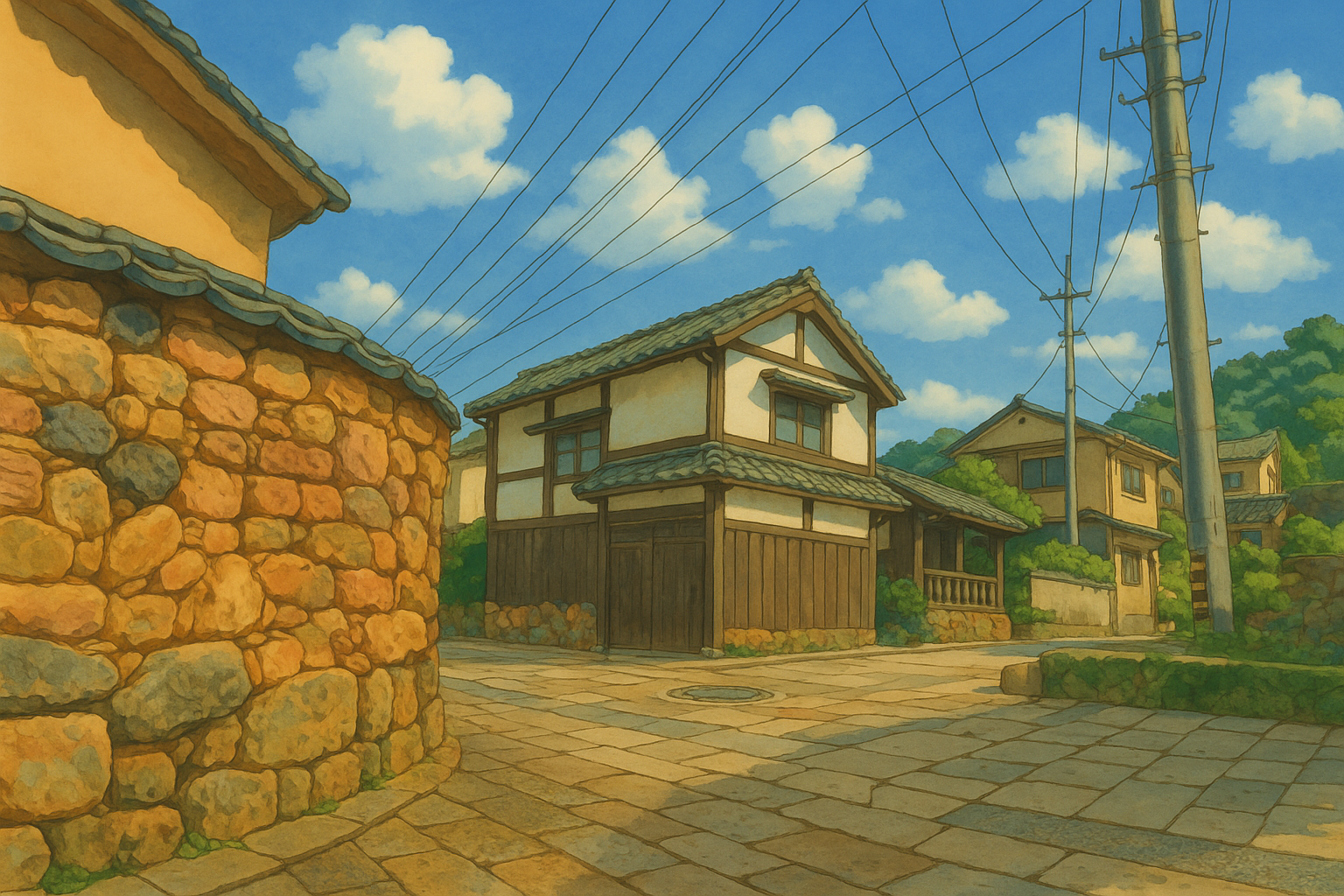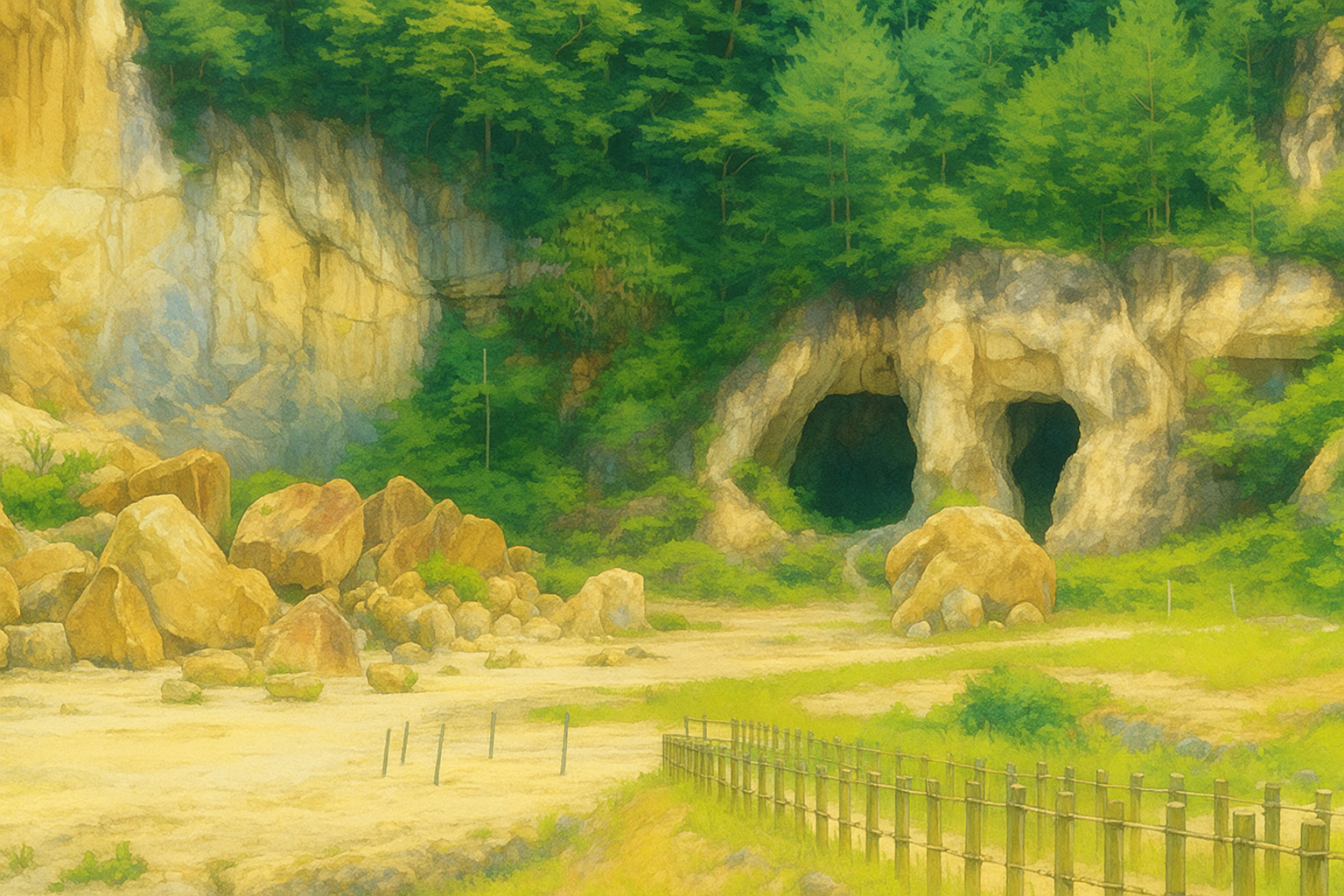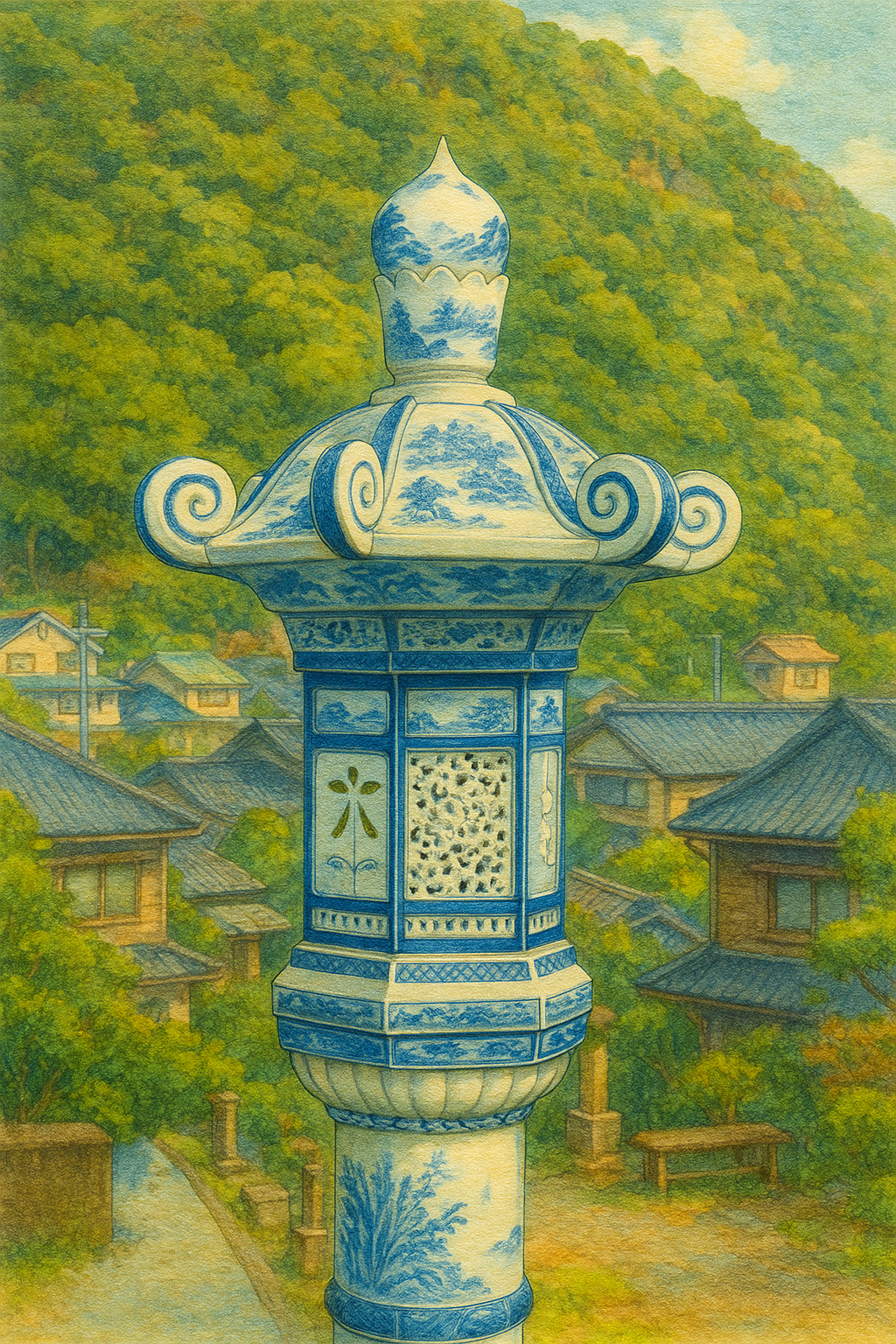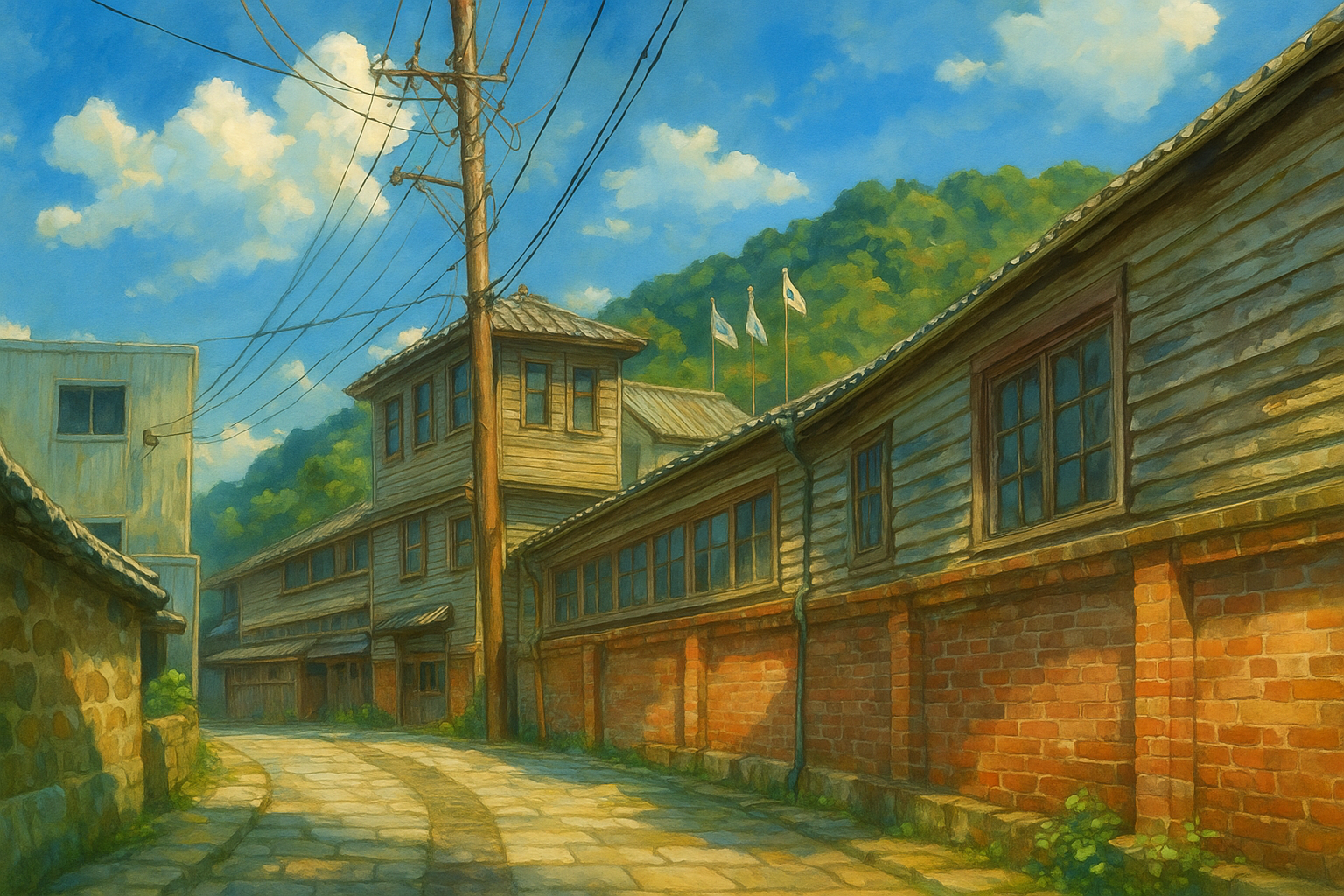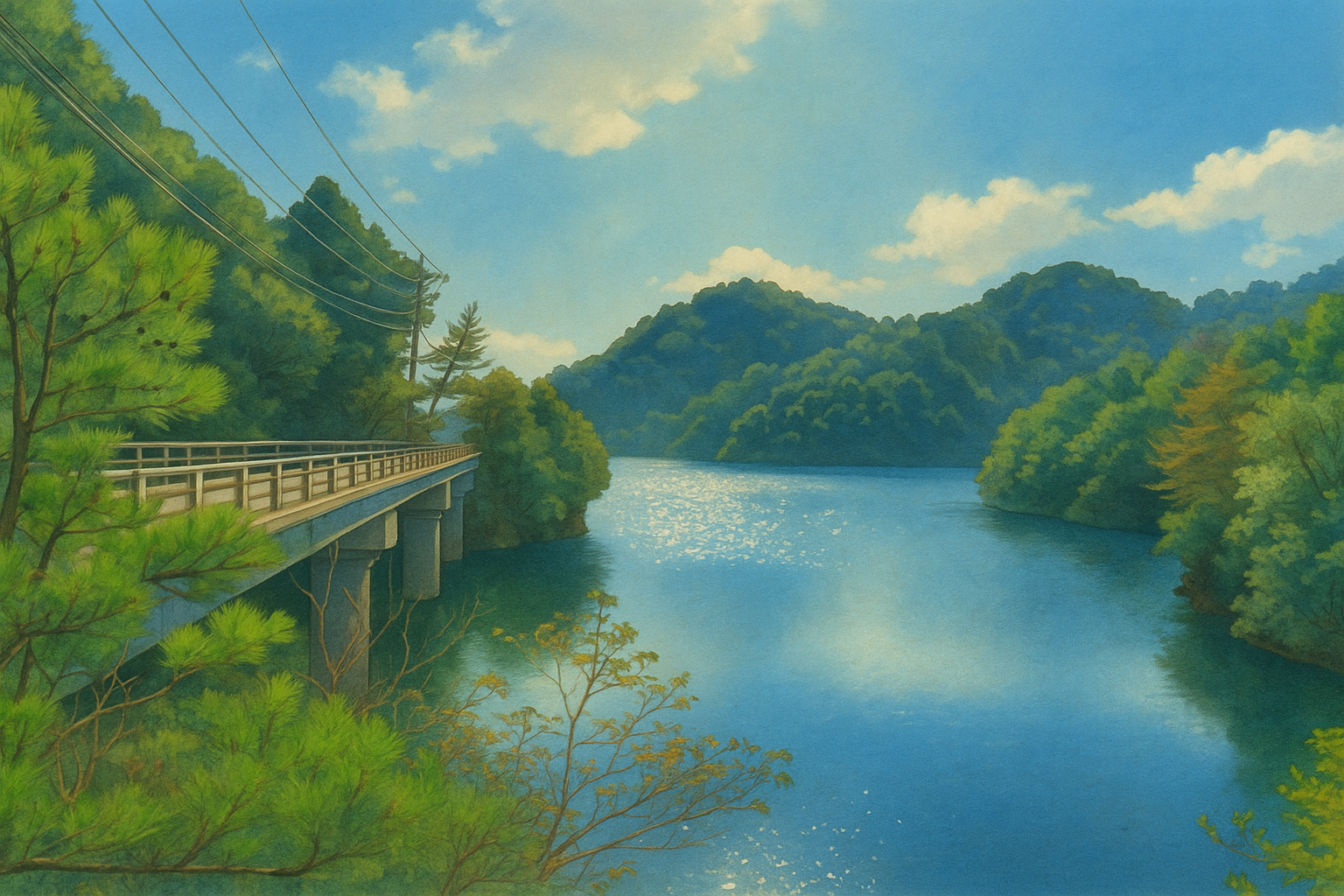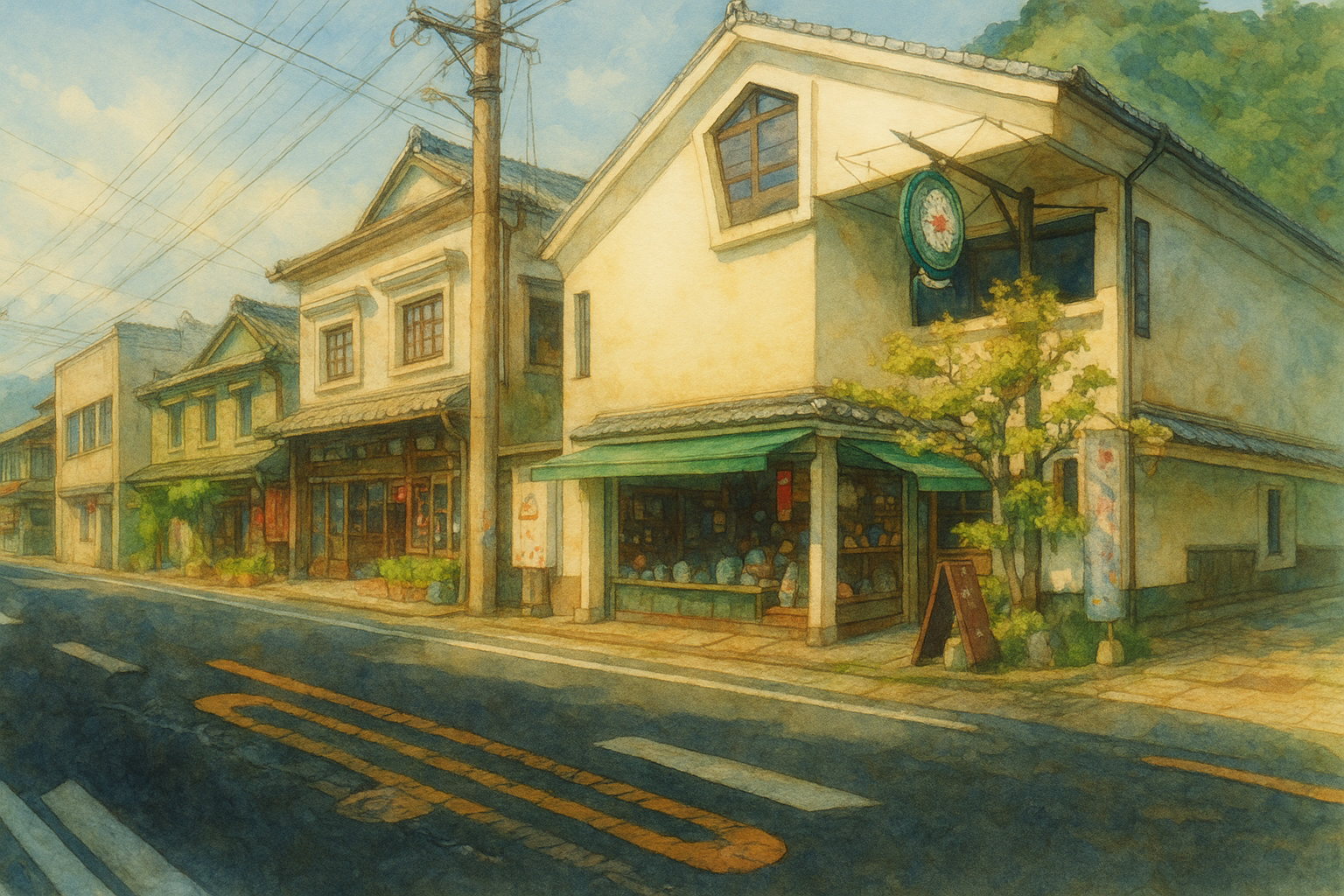KIHARA (株式会社 キハラ)
KIHARA, INC. is a Japanese porcelain manufacturer based in Arita, a historically renowned porcelain-producing region with a 400-year legacy. When you see Arita porcelain products, you immediately recognize how they differ from other porcelain—especially in their distinctive white tone and exquisite artwork.
There was a time when large quantities of Arita porcelain were exported to Europe via the VOC (Dutch East India Company). Today, Arita continues to use traditional techniques that have remained unchanged for 400 years, while also incorporating modern innovations such as 3D form design and porcelain processing.
Now is the time to introduce new types of Arita porcelain that reflect a blend of contemporary techniques and the original artisanal tradition. KIHARA is constantly seeking new and innovative ways to share Arita porcelain with the world—and looks forward to the next 400 years.
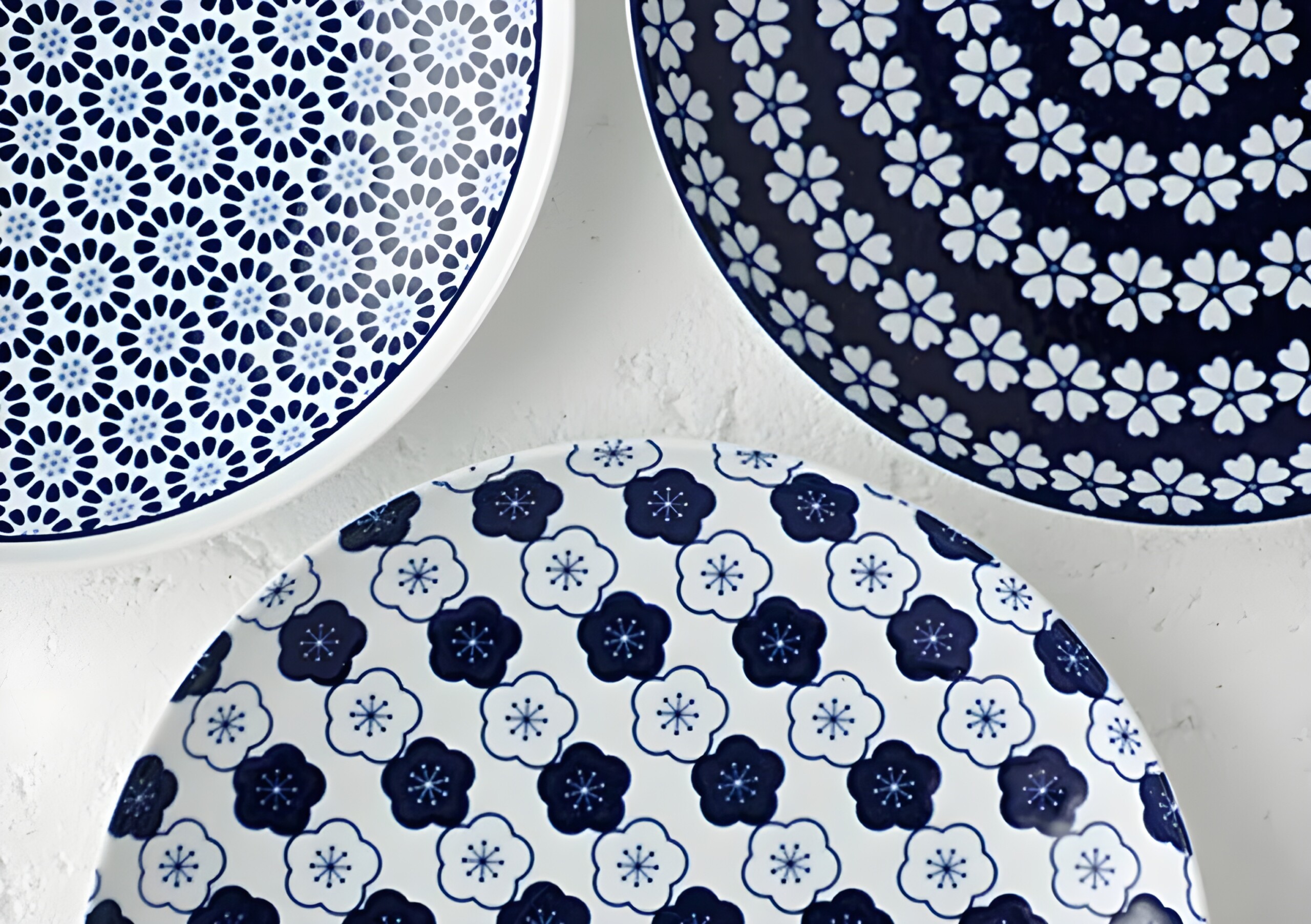
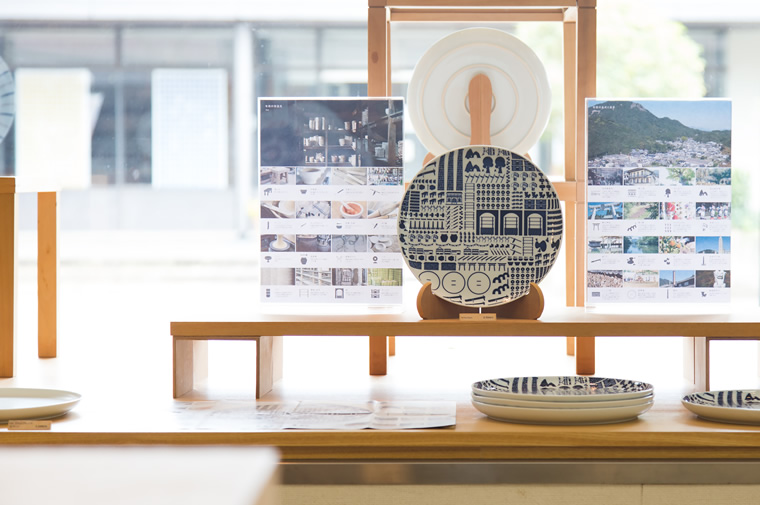
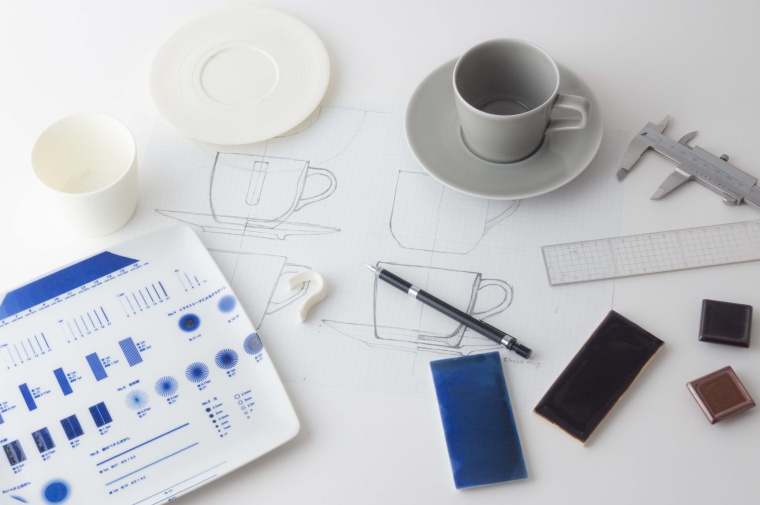
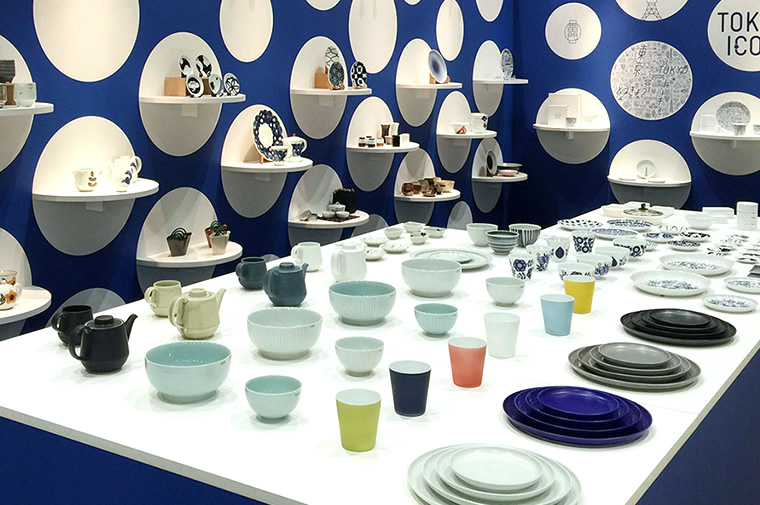

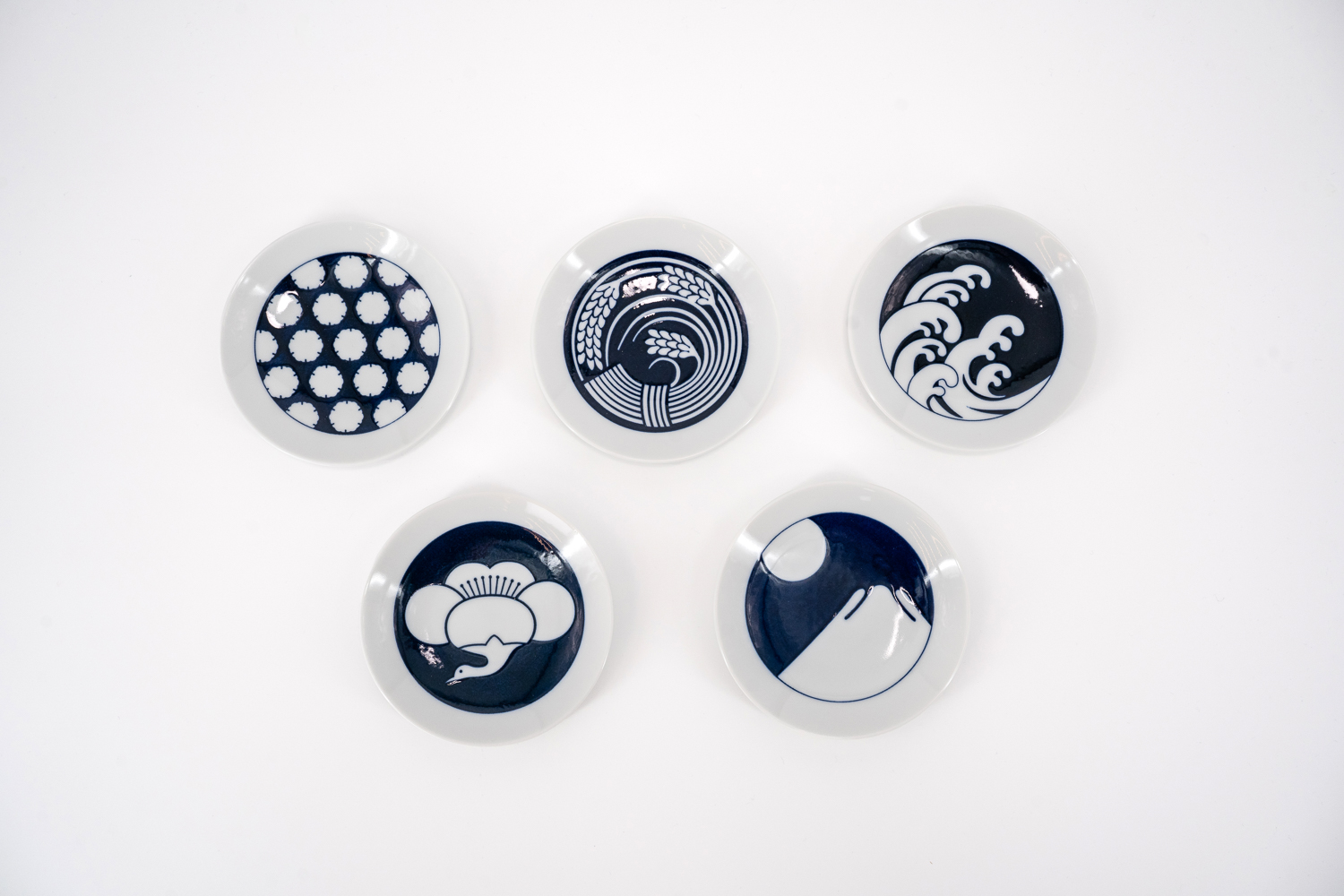

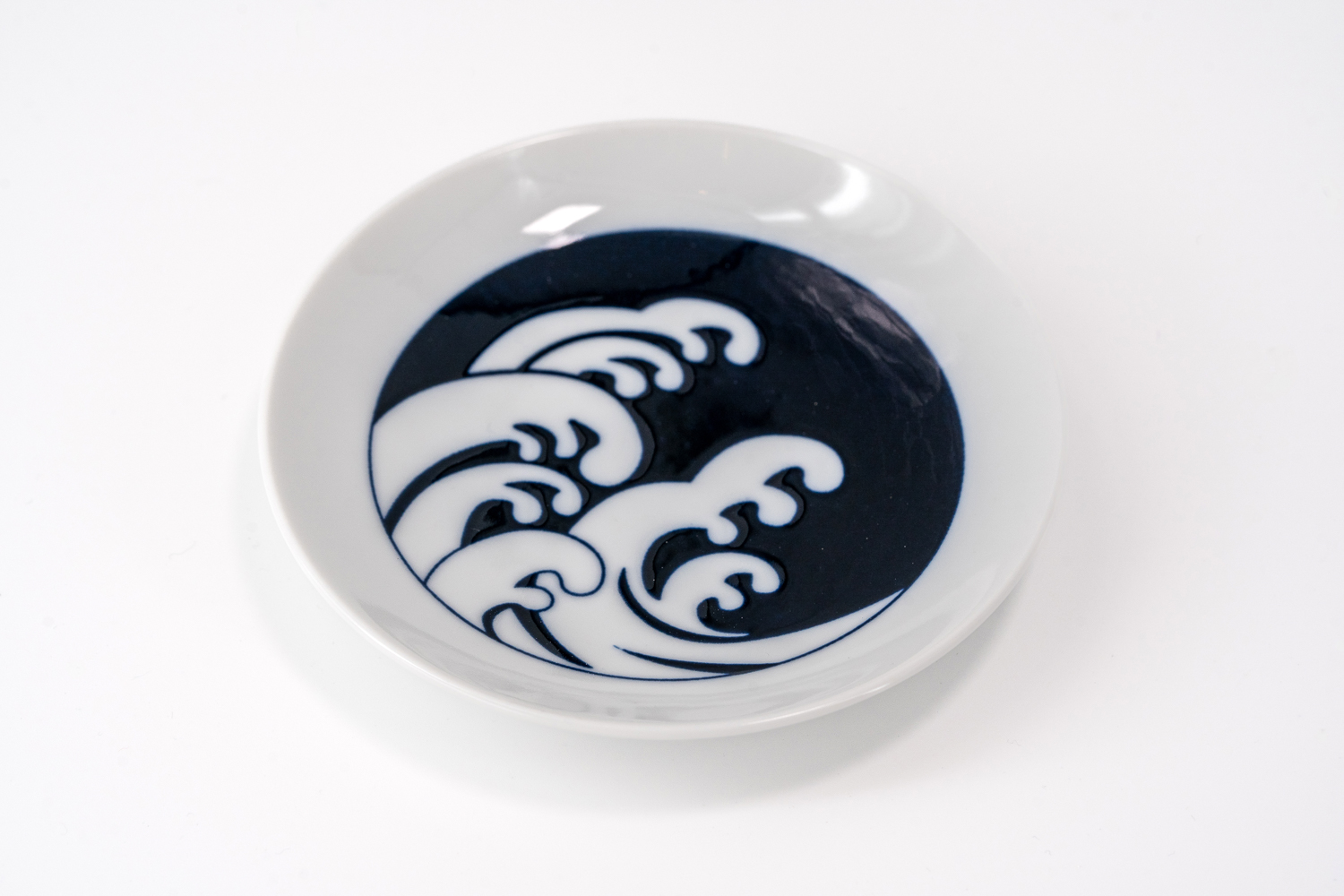

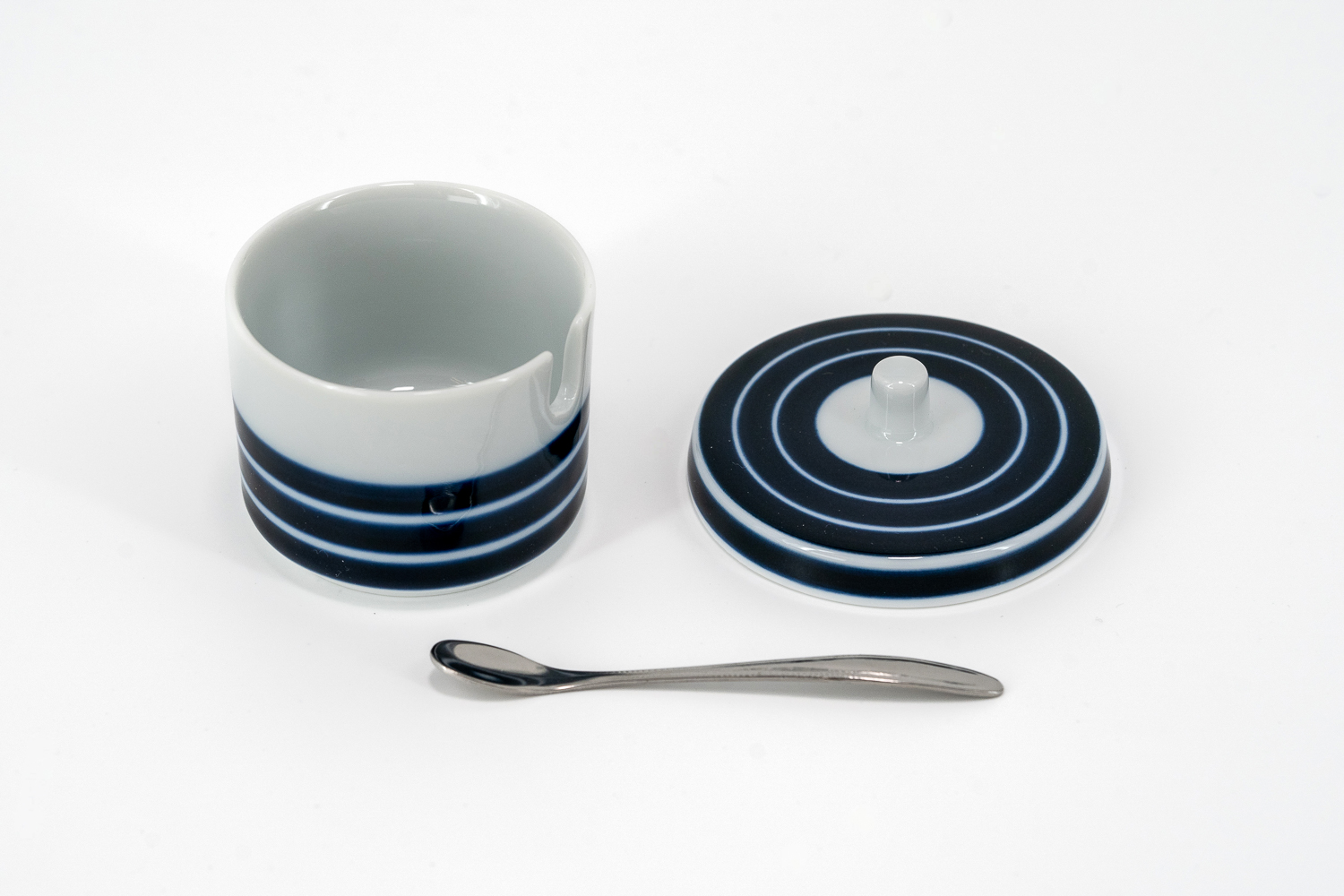
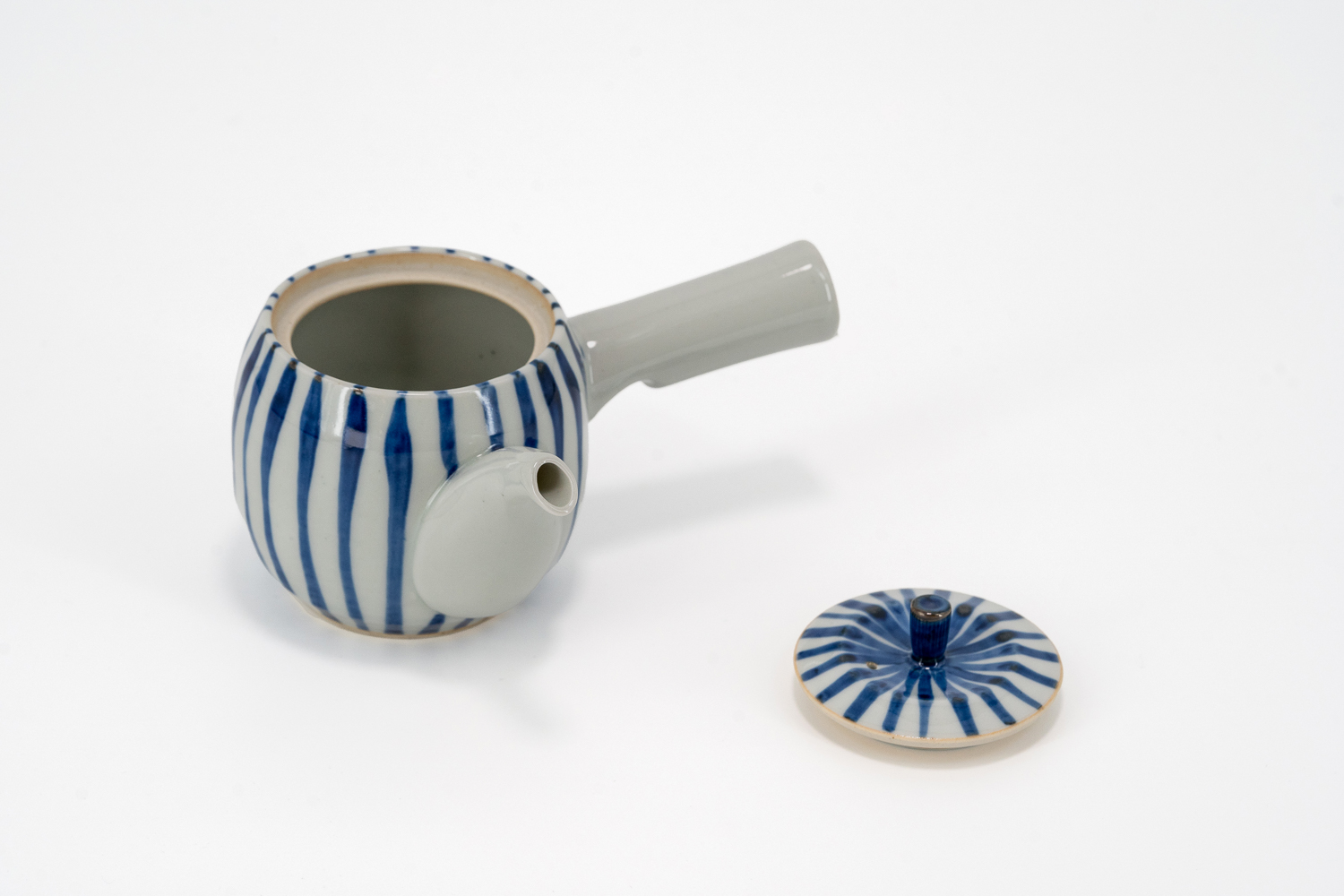
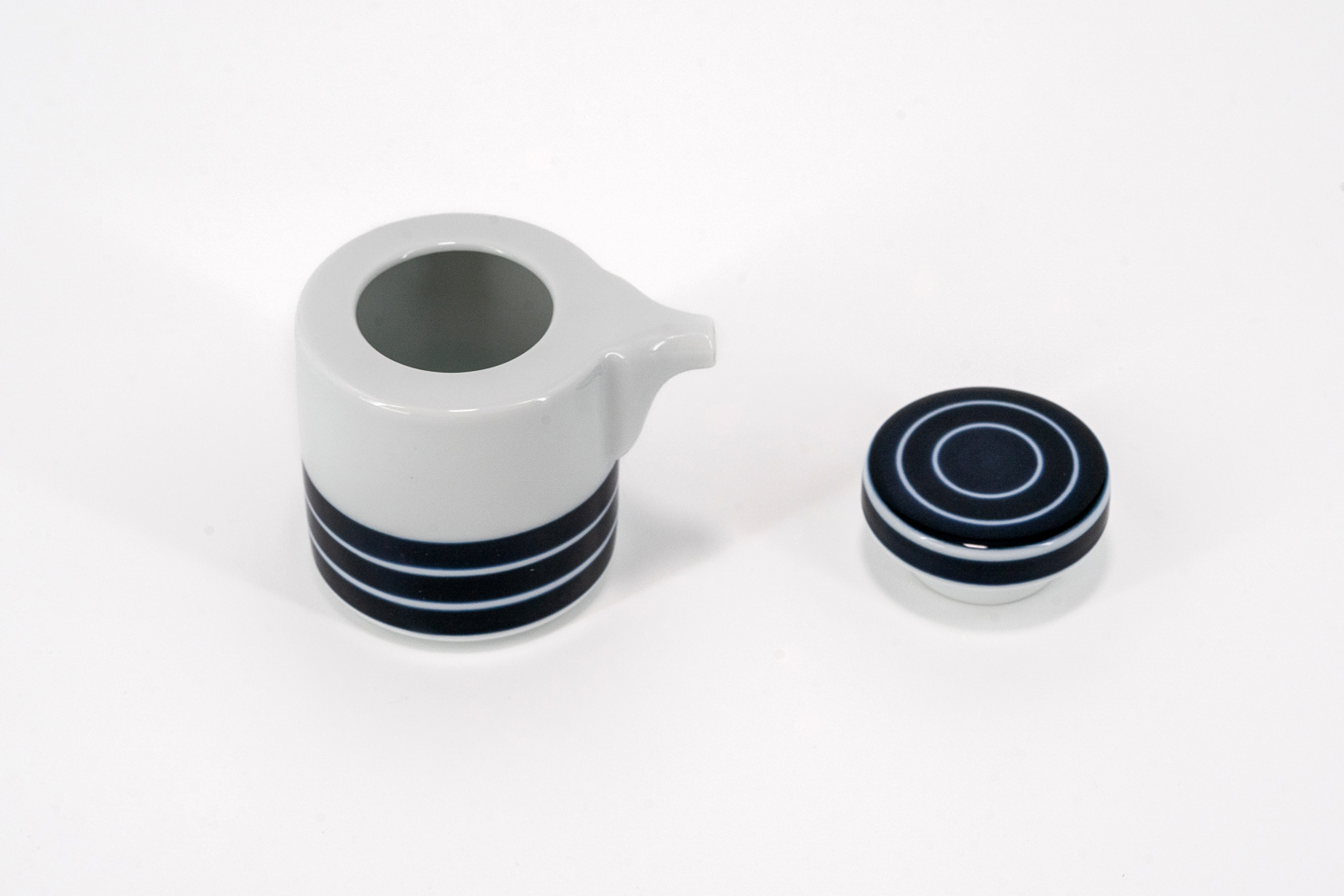

Arita – The Historical “Cradle of Porcelain” in Japan
Location & Geography
Arita (小千谷市) is located in the Saga Prefecture in western Kyūshū, near the border with Nagasaki Prefecture. Covering about 65 km², around 70% of the area consists of forested hills and mountains. The Arita River runs through the town and flows into the sea at Imari.
History & Origins of Porcelain
Early Ceramic Tradition: As early as the late 16th century, the Hizen region saw its first pottery workshops, producing earthenware ceramics later known as Karatsu-yaki.
1616 – A Turning Point: Korean potter Kanagae Sambe (also Yi Sam‑pyeong) discovered kaolin in Izumiyama, the essential raw material for porcelain. This marked the beginning of Japan’s porcelain production—starting in Arita and later exported via the port of Imari.
Edo Period & Export: The 17th century saw booming exports—mainly to Europe via the Dutch East India Company. The typical “Imari” style porcelain featured cobalt blue, rust red, and gold, adorned with floral and animal motifs.
Master Styles:
-
Kakiemon (since 1640): Delicate polychrome painting on pure white porcelain with asymmetrical designs.
-
Nabeshima Style from Oka‑kawachi: Exquisite porcelain produced exclusively for the feudal lords.
Culture and Governance: To preserve secrecy around techniques, the domain established an administrative office (代官所). In the Meiji period and later, areas like Higashi- and Nishi-Arita were merged into Arita-machi.
UNESCO Heritage
The original porcelain workshops and worker quarters in Arita–Ōkawachiyama have been designated as important traditional architectural ensembles.
The Tōzan Shrine, founded in 1658, honors the inventor Yi Sam‑pyeong. This unique shrine features a torii gate and komainu (guardian lion-dogs) made of porcelain and was declared a cultural asset in 2000. The Tosōsai festival is held there annually on May 4.
Traditional Craftsmanship
| Art Form | Characteristics |
|---|---|
| Arita/Imari Porcelain | Hard porcelain with fine glazes, painted in blue and white, later also polychrome. Developed for export to Europe. |
| Kakiemon Style | Pure white background with delicate, asymmetrical watercolor-like designs. Maintained by the Sakaida family since the 17th century. |
| Nabeshima Porcelain | Strictly controlled, exclusive porcelain production for the ruling class, formal and elegant. |
These techniques continue to define the cultural landscape and exportable diversity of Arita to this day.
Economy & Education
Porcelain remains the town’s economic cornerstone—despite declining figures (about 100 businesses as of 2012).
Craft Education: Arita Technical High School and Arita College of Ceramics play vital roles in training the next generation.
International Relations: Sister cities include Meissen (since 1979) and Jingdezhen (1996)—both world-famous for their porcelain heritage.
Museums & Events
-
Kyushu Ceramic Museum: Exhibits historical Imari pieces—including the Kanbara and Shibata collections.
-
Arita History & Folklore Museum: Preserves 400 years of ceramic history—with kiln remains, tools, and puppet theatre.
-
Porcelain Park Arita: A mini reconstruction of Dresden’s Zwinger Palace, featuring a gallery, shop, and restaurant showcasing vibrant varieties and designs.
-
Arita Ceramic Fair: Western Japan’s largest ceramic market during Golden Week—with over 700 stalls and around 1 million visitors.
Other Traditional Festivals:
– Hina-Matsuri (porcelain Hina dolls), February–March
– Sarayama Matsuri in October with mikoshi parade and plate dance
Conclusion
Arita is far more than a production site—it is Japan’s historical “Cradle of Porcelain.” Here, tradition meets modernity: centuries-old techniques like Arita, Kakiemon, and Nabeshima porcelain are preserved in active workshops and celebrated internationally. The city harmoniously combines craftsmanship, education, and cultural exchange—securing Arita’s status as a globally unique porcelain hub.
